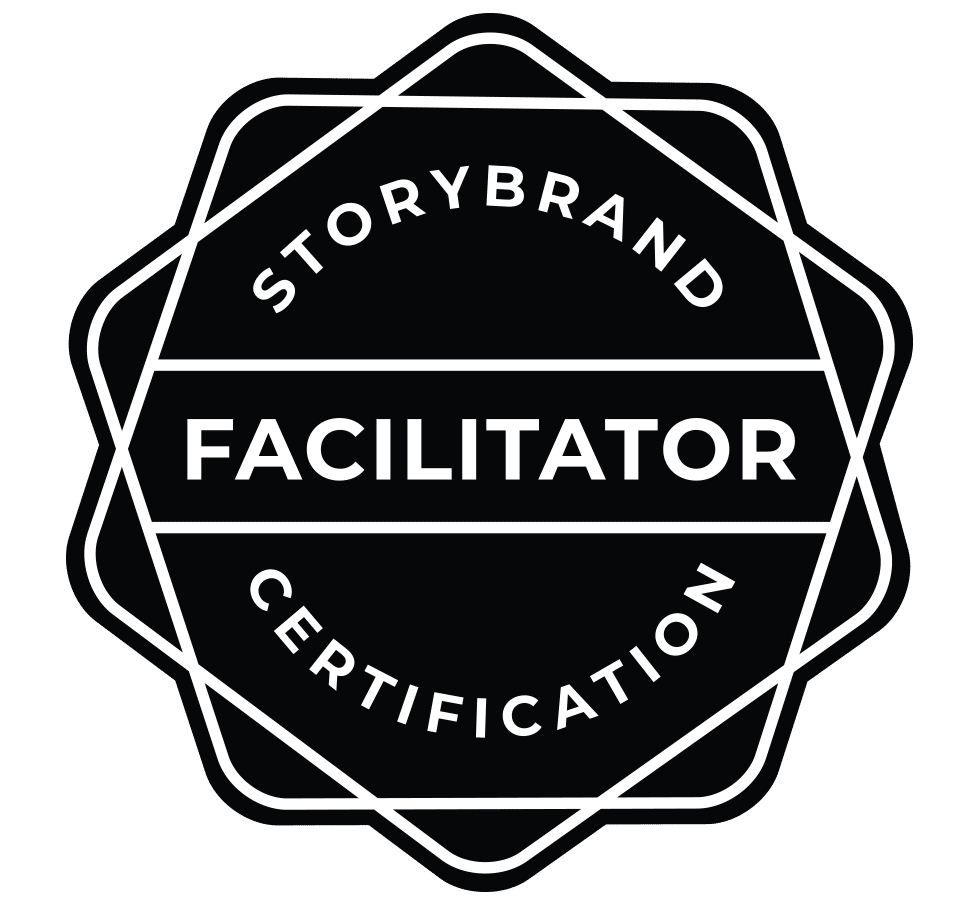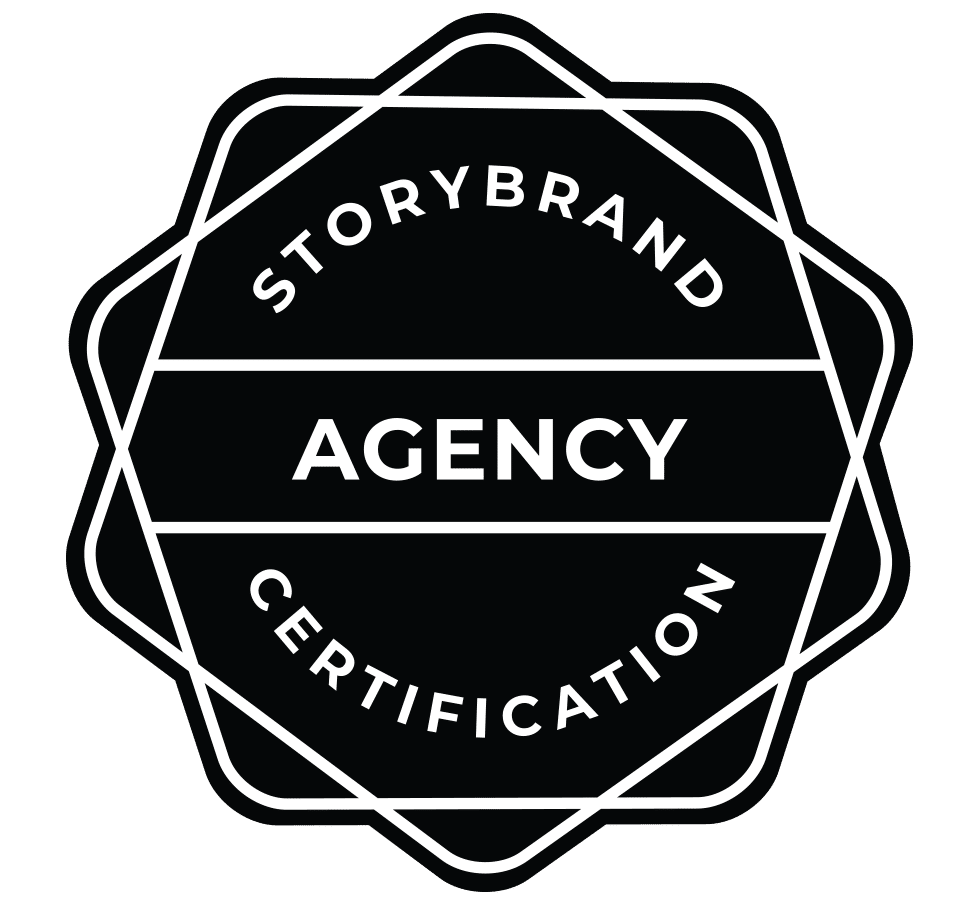Understanding conversion rate
The conversion rate measures the percentage of visitors who take a desired action on your website, such as making a purchase, signing up for a newsletter, or filling out a contact form. It is an important metric for evaluating the effectiveness of your digital strategy.
A higher conversion rate indicates that more visitors are engaging with your content and taking the desired actions, which can lead to increased sales and business growth. Understanding your conversion rate can help you identify areas for improvement in your digital strategy and make data-driven decisions to optimize your website for better results.

Importance of tracking conversion rate
Tracking your conversion rate is crucial for understanding the effectiveness of your digital strategy. It helps you measure how successful your efforts are in turning website visitors into customers or leads. By analyzing your conversion rate, you can identify areas for improvement and make data-driven decisions to optimize your digital marketing initiatives. Understanding the factors that influence your conversion rate can lead to more effective strategies for achieving your business goals.
Factors affecting conversion rate
Several factors can influence your website’s conversion rate. These include the design and user-friendliness of your website, the relevance and clarity of your content, the effectiveness of your call-to-action buttons, the loading speed of your pages, and the overall user experience. It’s essential to pay attention to these elements as they can significantly impact the success of your digital strategy.
Analyzing your digital strategy
It’s crucial to regularly analyze your digital strategy to ensure it’s effective. According to the experts at HubSpot, your website’s conversion rate is a key metric to measure this. A low conversion rate may indicate issues with your digital strategy and website performance. To improve your strategy, focus on optimizing your website’s user experience, creating compelling and relevant content, and utilizing effective calls-to-action. Regular analysis and adjustments to your digital strategy can help boost your conversion rate and drive more successful outcomes for your business.
Improving user experience
Improving user experience is essential for increasing your conversion rate. Studies have shown that a better user experience leads to higher conversion rates. Here are some ways to enhance user experience and drive conversions:
- Ensure website navigation is simple and intuitive
- Use clear and concise language to convey your message
- Optimize page loading speed to reduce bounce rates
- Implement responsive design for mobile users
- Provide high-quality and relevant content to engage your audience
Creating compelling content
To create compelling content for your digital strategy, focus on providing valuable, relevant, and engaging information to your audience. Use a clear and active voice to communicate your message effectively. Understand your target audience’s needs and preferences, and tailor your content to address them. Utilize visual elements such as images, videos, and infographics to enhance the overall appeal of your content. Additionally, ensure that your content is well-structured and easy to consume, making it user-friendly for your audience.
Optimizing call-to-action
To optimize your call-to-action on your website, you should make it clear and compelling. Use action-oriented language that encourages visitors to take the next step. You can also experiment with different colors, sizes, and placements to see what works best for your audience. It’s essential to track the performance of your call-to-action to understand what resonates with your visitors and to make informed adjustments. By continuously testing and tweaking your call-to-action, you can improve your conversion rate and ultimately enhance your digital strategy.
Testing and measuring results
Testing and measuring results is crucial for understanding how effective your digital strategy is. By analyzing your conversion rate, you can gain insights into how well your strategy is performing and identify areas for improvement. It allows you to track the success of your digital marketing efforts and make informed decisions about where to allocate your resources. A high conversion rate indicates that your strategy is resonating with your audience, while a low conversion rate may signal the need for adjustments. Regular testing and measuring is essential to ensure that your digital strategy is delivering the desired results and driving your business forward.
Tools for conversion rate optimization
Conversion rate optimization tools are essential for evaluating and enhancing your digital strategy. Using these tools can help you analyze user behavior, identify areas for improvement, and implement changes to increase your conversion rate. Some popular tools for conversion rate optimization include:
- HubSpot: We LOVE HubSpot and are HubSpot platinum partners. This tool is one of the best for tracking all marketing in one place.
- Google Analytics: Provides detailed insights into user behavior on your website, allowing you to identify conversion bottlenecks and optimize your website for better performance.
- Optimizely: Allows you to run A/B tests and multivariate tests to determine which variations of your website lead to the highest conversion rates.
- Hotjar: Offers heatmaps, session recordings, and user surveys to gain a deeper understanding of how users interact with your website and where improvements can be made.
- Crazy Egg: Provides heatmaps and click tracking to visualize user behavior and optimize your website for higher conversions.
- Unbounce: Enables you to create and test landing pages to increase conversions and drive more leads.
Using these tools can help you make data-driven decisions to improve your digital strategy and ultimately lead to higher conversion rates.
Conclusion and next steps
It’s essential to analyze your website’s conversion rate to understand if your digital strategy is effective. A low conversion rate might indicate that your website is not engaging visitors effectively and may need improvement. On the other hand, a high conversion rate can signal that your digital strategy is successful in driving user actions. To improve your conversion rate, consider the following next steps:
- Analyze user behavior on your website to identify areas for improvement and optimization.
- A/B test different elements of your website, such as call-to-action buttons, forms, and landing pages, to see which variations are more effective in driving conversions.
- Implement strategies to enhance user experience, such as improving site speed, simplifying the checkout process, and providing valuable content.
- Continuously monitor and analyze your conversion rate to track the impact of any changes or optimizations you make to your digital strategy.
By taking these next steps, you can work towards improving your conversion rate and enhancing the effectiveness of your digital strategy.








